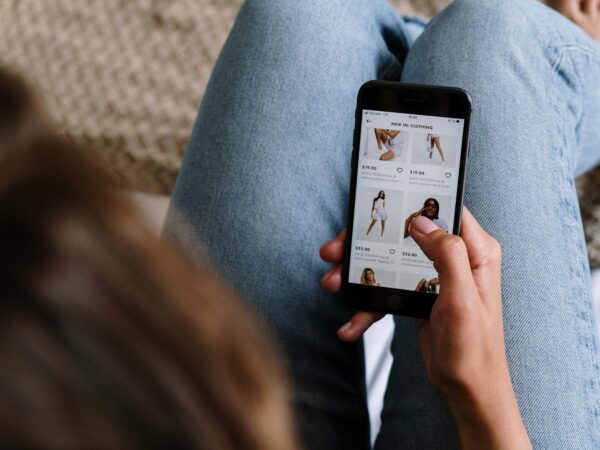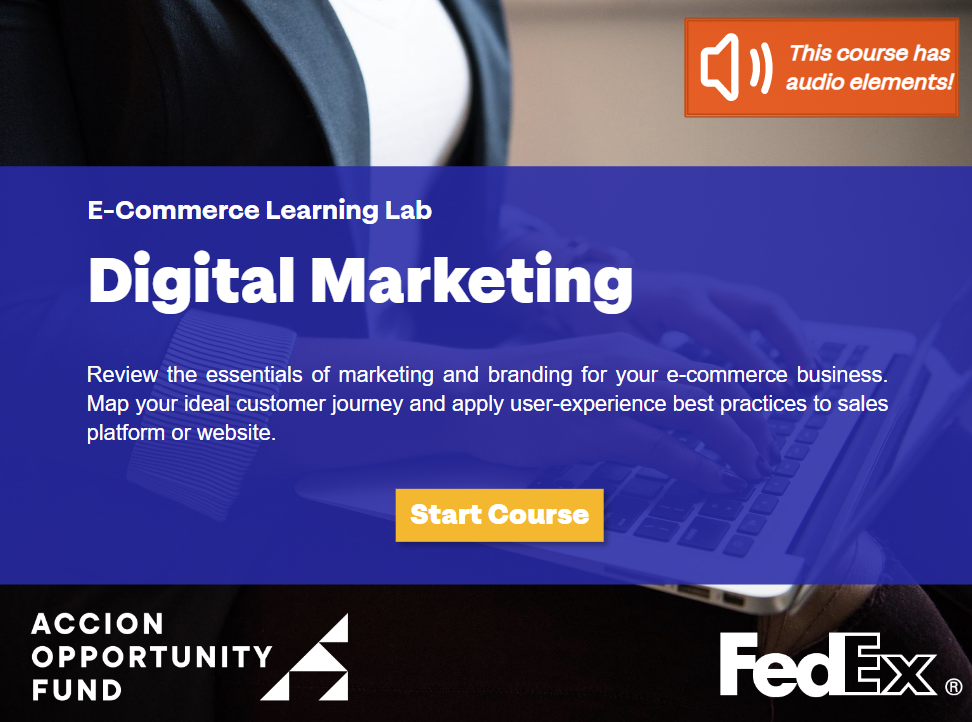How to Build a Website on a Budget
Whether you use a template, designer or website building platform, there are many available options to help you build a website on a budget.

Would it shock you to know that about 40% of small businesses don’t have a website? It’s jarring, considering the myriad benefits that having a website provides. For one, it helps people find you when they’re searching for businesses like yours online. But it also provides information on what you can do for customers, and helps potential customers begin to build a relationship with you.
Many of the businesses without a website chalk the reason up to the costs of getting one set up. That might have been true in 2000, where websites were the exception, not the rule, but today’s offerings and tools make building a website on a budget extremely easy to do.
Let’s Look at the Costs
There are several components to your expenses around setting up, designing, and maintaining your website.
Setting it Up
A website needs two things to get started: a home and an infrastructure. The homepage is your web domain, the URL that people type in to visit your site. You’ll pay about $10 or less initially and then every year to renew that domain. Some sites like GoDaddy offer promotional codes if you’re a new customer to get new products at a discounted price.
Next comes the infrastructure: your web hosting. This is like digital office space for everything your website entails: code, files, photos, et cetera. It also backs up all your information so you never have to worry about losing it.
You need web hosting as long as you have a website. Again, this is a pretty affordable expense, and ranges from about $4 to $8.
Designing it
Here’s where the biggest bulk of investment comes, though it doesn’t have to. You’ve got two primary options: hire a website designer to custom build your site (best if you have a lot of complex needs that a template won’t accommodate) or tweak a template (ideal if your website is fairly straightforward) and use a website builder to modify.
So how do you know which option is best? If you can answer “yes” to most of the following questions, it’s worth it to hire a web designer with experience building similar sites:
- Are my needs beyond what a template can accommodate?
- Do I need multiple web pages with a variety of functions?
- Am I willing to invest to get a unique web design look?
On the other hand, templates fit the bill for many small business needs. If you just need a handful of web pages (most companies get away with four or five), customizing a template through a website building tool is a great way to keep costs down. If you’re looking to build a website with features that a template can’t provide, then look into hiring a web designer. Just note: a ton of people use free templates, so you’re better off paying around $50 to get a professional design that won’t be plastered across the Net.
Whichever option you choose, make sure the design is responsive, meaning that it will adapt depending on the screen. So, a visitor would get a simpler design if she viewed it on her phone than on a desktop.
WordPress is a free (and very popular) website builder that’s fairly easy to use. Weebly is another tool, and prices range from free to $25 a month (that package includes eCommerce and a year’s domain hosting). There are other website builders, each offering its own benefits, so find one that fits your specific needs.
Maintaining It
Depending on your level of technical ability, you might decide to hire your web designer or other IT expert to maintain your site over time, make sure it gets all the updates available, and in general keeping it running smoothly. If you’re comfortable in WordPress or whatever website builder platform you chose, you can easily do this yourself. It’s important to update plugins and apps when updates become available, otherwise you may have components of your website that don’t work.
A Few Words on E-Commerce
For those small businesses who sell products online, having not only a website, but also one that makes it easy for customers to make purchases there, is essential. There are some great e-commerce platforms, like Shopify, that not only give you selling functionality, but also help you build your website design from scratch (so no need for WordPress or a website designer).
These e-commerce platforms also have built-in payment acceptance so you can take credit cards, debit cards, Paypal, and more from your customers. If your primary business is to sell products on your own website, then you would implement an eCommerce platform and checkout carts for your website. However, if you’re selling through a third party site such as Amazon or Ebay, you could still benefit from a non-e-commerce website. A site like this would typically be a product page that provides your customers or potential buyers with information about the product. It’s an introduction to your product which you can use to direct your customers to the right location to purchase the product.
Finally, Marketing Your Website
Now that your site is visually appealing and ready to go, you’ll want to attract as many people to it as possible. Again, you can but don’t have to spend a lot on marketing and search engine optimization. If you know what people are searching to find sites like yours, you can incorporate targeted keywords to drive traffic to your site. You can also write blog content, maintain a presence on social media, and even invest in pay-per-click ads to get more visitors to your site.
Remember the importance of using targeted keywords; you want to pepper the words or phrases that people would use to search for your type of business on each page of your website, as well as on your blog. If you’re a local business, it’s of the utmost importance to include geographic identifiers with your keywords. For example, simply using “bakery” won’t help if you’re located in Atlanta, since you’ll be competing with everyone else in the country using that keyword. But using “Atlanta gluten-free bakery” will narrow down the competition and move you up in the search results.
Advertising, too, might be effective. Pay-per-click ads can help your site by getting listed at the top of search results when there’s a ton of competition for the keywords you want to use. Be aware that there will be others paying for ads as well, which may put you into a bidding situation to get placement. This method can be expensive overtime but is the quickest way to get traffic to your site.
Just realize that web traffic takes time to build, so be patient!
Building a website on a budget is entirely possible, and if you’ve got some technical knowhow, you can save even more.









